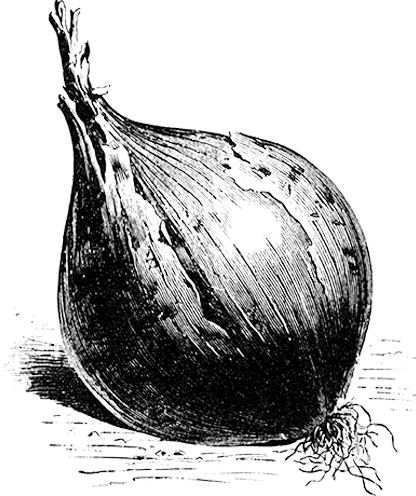Information
One portion is about 100 seeds.
| Product number: | 1060 |
|---|---|
| Scientific name: | Brassica rapa var. chinensis |
| Botanic family: | The Mustard Family - Brassicaceae |
| Organic: | Yes |
| Days to maturity: | 55 |
| Lifespan: | Annual |
| F1 Hybrid: | No |
| New variety: | No |
| Sowing time: | March–April/July–August |
| Sowing depth: | 1 cm |
| Germination temperature: | 10-22 degrees |
| Germination time: | 3-5 days |
| Plant spacing: | 5–10 cm baby leaves/20–35 cm whole plant |
| Row spacing: | 35-50 cm |
| Height: | 30 cm |
| Plant location: | Sun-partial shade |
| Harvest/blooming: | May/August–October |
| Seeds/g: | 300-500 seeds |
| Other: | Long-day plant |
| Heirloom variety: | No |
Cultivation advice
Sowing
Sow the seeds successively from very early spring until late summer. Sow them thinly, about 1 cm deep directly in the land or in hotbeds and greenhouses for an extra early or late harvest. Seeds sown in mid-July usually yield the best harvest.Spacing
Should be thinned out to a mutual distance of 25-35 cm. The thinned out plants are edible. Keep a distance of 35-50 cm between the rows, if you sow in rows.Harvest
Start picking the leaves early. The plants grow quickly and harvest the more or less close-knitted heads as they are ready. Several cabbage sorts begin blooming in summer, so do not delay the harvest. They tolerate quite a lot of bitter cold and can be eaten fresh far into the late autumn. Use them raw, boiled, preserved, fried in salads, soups, gratins, and stews etc.Seed
1 g contains 300-500 seeds. For linear sowing 10 g is required to sow 100 metres.One portion is about 100 seeds.
